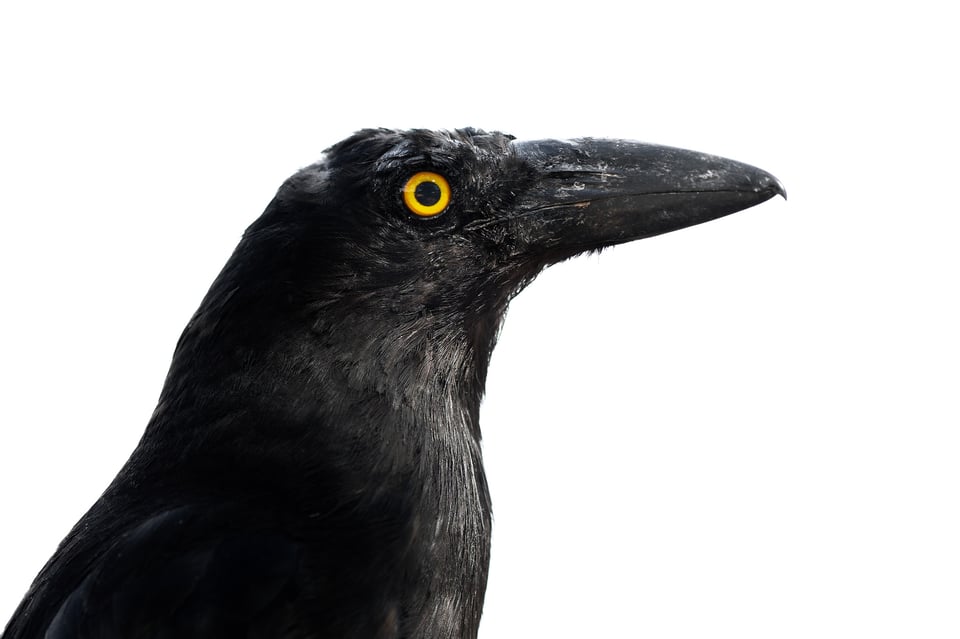Perhaps every nature photographer dreams of capturing some rarity in nature – be it a unique or rare animal or some seldom-seen behavior. Ideally, of course, both at once. I recently published an article that focuses on a rare color variation in birds. Today’s short post has something even more unusual.

I hope the following topic doesn’t arouse any dislike and disgust in you. I’m going to talk about the way birds get rid of hard-to-digest remains by regurgitating so-called pellets. This phenomenon is particularly well known in carnivorous birds such as raptors and owls. Some time after eating their prey, they simply regurgitate the remains of bones, feathers, or hair, which would only put unnecessary strain on the digestive tract.
In the case of owls, which often swallow their prey whole, you could even assemble complete skeletons of rodents or other small vertebrates from the bones contained in the pellets. I used to do this with my students at school, and they quite enjoyed it. The bones of voles were almost like a natural, albeit somewhat morbid, kind of Lego.
But it isn’t just birds of prey that produce pellets. Even species that feed on insects with hard chitinous parts, small vertebrates, or fruits with indigestible seeds can do the same. However, observing this behavior is mostly a matter of chance and difficult to plan. This is especially true for songbirds, which on average produce pellets less frequently.
That’s why I consider the animated GIF sequence you’re about to see to be a real rarity. Not only does it show the Pied Currawong (Strepera graculina) in a very unusual white plumage caused by a genetic mutation, but also while performing a rarely observed behavior.

The next time you’re out in nature, keep an eye out for birds opening their beaks in what looks like an exaggerated yawn – watch closely to see if a small pellet drops out. If you witness this, be sure to let me know. And if you manage to capture it on camera, I’d love to see your photos! Don’t forget to set your camera to high-speed continuous shooting – you’ll need it. Good luck and good light!
Hi, Not a food pellet, but I have an unusual shot of an Osprey actually spitting something out – normally they eat the lot! This youngster obviously decided that the pectoral fin was way to hard & sharp to deal with.
Fascinating article. I shoot with a Nikon D500 + 500PF + 1.4 TC = 1050mm so many times I’m not sure exactly what I’ve photographed until I can look at it full size on my computer.
I’m particularly interested in birds feeding and am constantly amazed at birds’ ability to down seemingly impossibly large fish. My strategy is to keep shooting short bursts hoping that I’ve captured something interesting.
Not bird related, but I recently photographed an urban coyote and when I got home found that it had heterochromatic eyes (one the typical yellow, the other greyish-blue). A small example of why wildlife photography is so interesting.
More common behaviours can be just as interesting; Not an hour ago I saw a magpie trying to alight with an oversized twig in its beak. It flopped about upside down for some ten seconds before giving up on the twig, righting itself, and looking rather ruffled and worse for wear.
A less intelligent bird would probably have kept trying for a while longer. Shame I did not have my camera with me at work. These could make for more interesting photos than plain static and BIF portraits.
That’s a shame, James. Unfortunately, no one has yet invented a pocket-sized 600mm f/4, so I also tend to walk around town “unarmed”.
You’re absolutely right, corvids are incredibly intelligent and resourceful. A friend of mine documented a pair of magpies a few years ago that built their nest entirely out of wires. They must have found a good source of this modern building material and decided to give it a try. Whether they lined their nest with cigarette butts (as some birds like to do), my friend didn’t investigate.